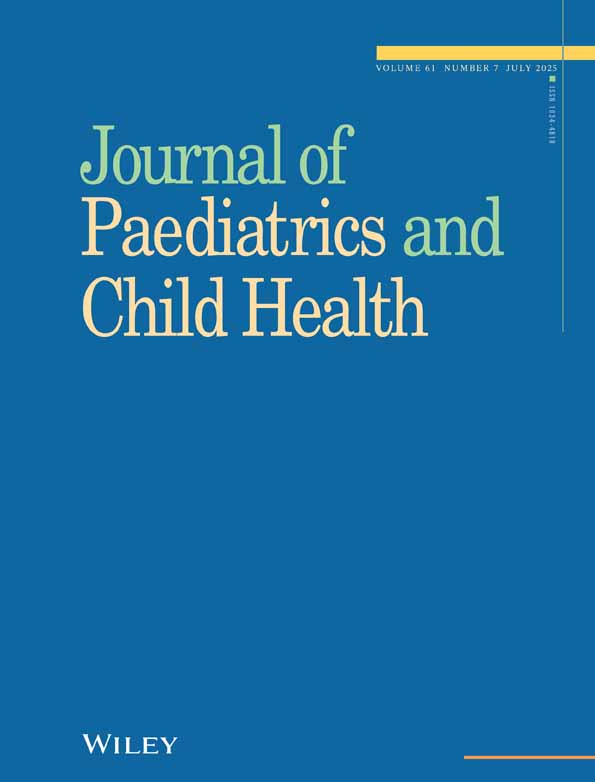Transverse cerebellar diameter on cranial ultrasound scan in preterm neonates in an Australian population
Abstract
Objective: Fetal measurement of transverse cerebellar diameter (TCD) has been shown to correlate well with gestational age (GA), even in the presence of growth retardation. The aim of this study was to define the normal range of TCD in preterm neonates in an Australian population between 23 and 32 weeks GA.
Methodology: Infants admitted to the Royal Women’s Hospital, Melbourne, having routine cranial ultrasound scans (< 1500 g and/or of gestational age ≤ 32 weeks at birth) had their TCD measured on a cranial scan performed during the first 3 days of life. The posterior fossa was examined through the asterion using a General Electric LOGIQ 500 scanner (GE Medical Systems, Waukesha, USA) and TCD measurement was taken in the coronal plane.
Results: 106 infants < 1500 g and/or of GA ≤ 32 weeks at birth had their TCD measured between 1 January 1997 and 30 November 1997. Transverse cerebellar diameter and associated 95% confidence intervals are described for infants between 23 and 32 weeks GA. The linear regression equation relating TCD and GA was: TCD (mm) = –12.9 + 1.61 × GA (weeks). R2 = 0.80, P < 0.001.
Conclusion: This is the only study of TCD measurement using cranial ultrasound in a group of preterm newborns, and forms the basis for nomograms of TCD which can be used as a tool to assist in the assessment of GA, even in growth-retarded preterm newborns, and in the diagnosis of cerebellar hypoplasia.




